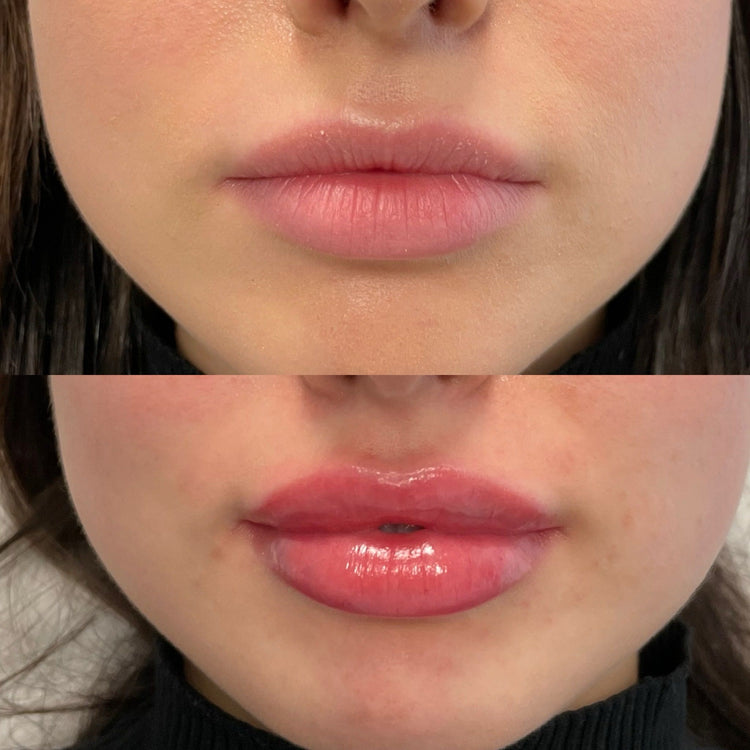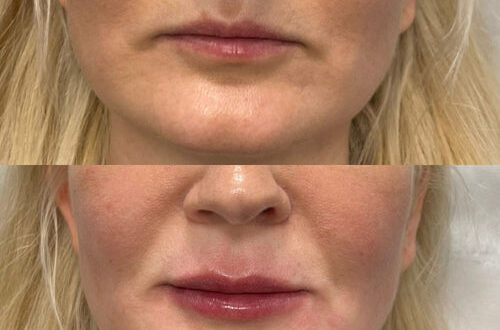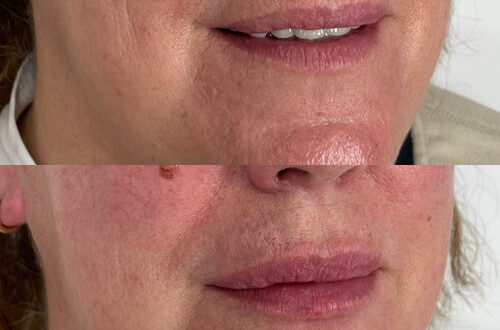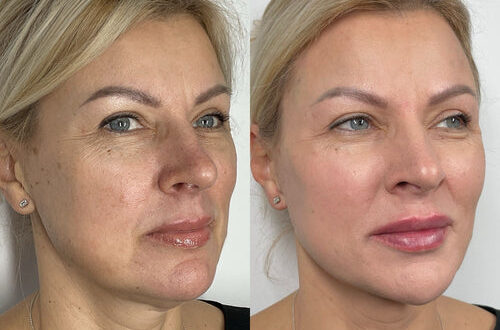Types of Dermal Fillers
Dermal fillers are injectable substances used to restore volume, smooth wrinkles, and enhance facial features. There are various types of dermal fillers available, each with unique properties and applications. Some common types include hyaluronic acid fillers, collagen stimulators, and poly-L-lactic acid (PLLA) fillers. Hyaluronic acid fillers are the most popular, as they provide a natural-looking result and can be easily dissolved if needed. Collagen stimulators promote collagen production in the skin, while PLLA fillers gradually stimulate new tissue growth.
Hyaluronic Acid Fillers
Hyaluronic acid fillers are derived from naturally occurring substances found in the body. They work by attracting and holding water molecules, effectively plumping up the skin and smoothing out wrinkles. Hyaluronic acid is a safe and effective filler that can be used to address various concerns, including fine lines, wrinkles, lip enhancement, cheek augmentation, and facial contouring.
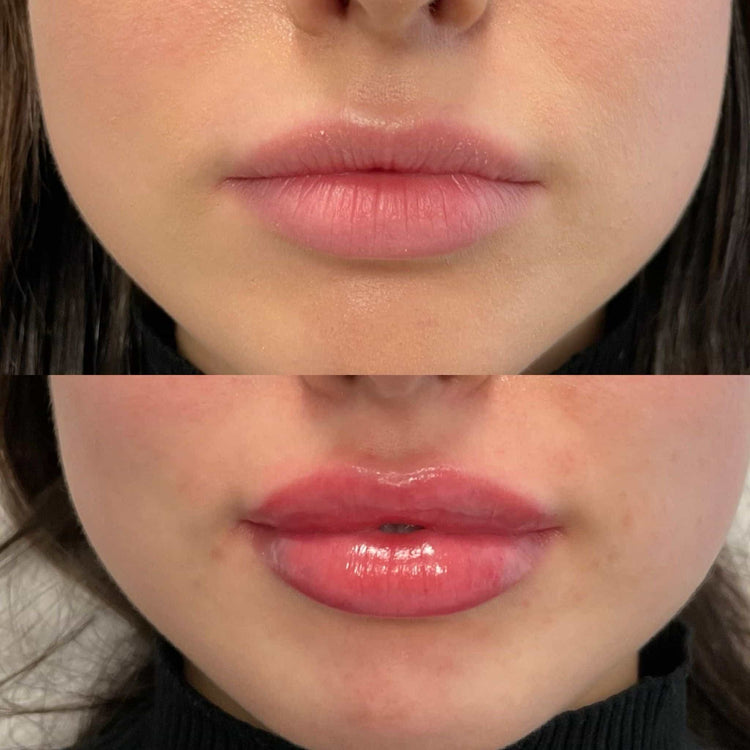
Calcium Hydroxylapatite Fillers
Calcium hydroxylapatite fillers are another type of dermal filler made from microspheres of calcium hydroxylapatite, a naturally occurring mineral found in bones and teeth. These fillers work by stimulating the production of collagen and elastin, which helps to improve skin texture and elasticity. Calcium hydroxylapatite fillers are often used to address deeper wrinkles, volume loss in the cheeks or temples, and jawline definition.
Poly-L-Lactic Acid Fillers
Poly-L-lactic acid (PLLA) fillers are a unique type of dermal filler that works differently than hyaluronic acid or calcium hydroxylapatite. Instead of directly plumping up the skin, PLLA stimulates the body’s own collagen production.
When injected, PLLA triggers an immune response that leads to the formation of new collagen fibers in the treated area. This gradual process results in a subtle but lasting increase in volume and skin firmness over several weeks to months.
The Injection Process
The injection process for dermal fillers involves carefully administering the chosen substance beneath the skin’s surface using a thin needle. A topical anesthetic is typically applied beforehand to minimize discomfort during the procedure. The injector will strategically place the filler in specific areas to achieve the desired aesthetic outcome, such as smoothing wrinkles, enhancing facial contours, or augmenting lip volume.
Numbing Creams and Anesthetics
Numbing creams are frequently used before dermal filler injections to help manage any discomfort associated with the procedure. These creams contain local anesthetics that work by blocking nerve signals, reducing the sensation of pain. Applying a numbing cream 30-60 minutes prior to the injection can significantly minimize any sting or soreness experienced during treatment.
Anesthetics are also sometimes injected directly into the area where the filler will be administered. This provides immediate and targeted relief from pain and helps create a more comfortable experience for patients.
Injection Technique
The injection process for dermal fillers is relatively straightforward and typically takes around 30 minutes to an hour, depending on the extent of the treatment.

- Before the procedure, a topical anesthetic cream will be applied to the treatment area to minimize discomfort.
- Once the anesthetic has taken effect, the injector will use a thin needle to carefully inject the dermal filler beneath the skin’s surface.
- The amount of filler injected and the injection points will be determined based on the individual patient’s needs and desired outcome.
- After the injections are completed, the treatment area may be gently massaged to ensure even distribution of the filler.
Pain Management Techniques
Managing pain is a crucial aspect of any medical procedure, and dermal filler injections are no exception.
Topical Anesthesia
Topical anesthesia plays a significant role in managing discomfort during dermal filler procedures. Before the injection process, a topical anesthetic cream containing local anesthetics is applied to the treatment area. This cream works by blocking nerve signals, reducing the sensation of pain and sting associated with the needle insertion.
Numbing creams are typically applied 30-60 minutes before the procedure to allow sufficient time for the anesthetic to take effect. In some cases, a stronger local anesthetic may be injected directly into the area where the filler will be administered, providing immediate and targeted pain relief.
Local Anesthetic Injections
Local anesthetic injections are commonly used to manage pain during dermal filler procedures. These injections contain medications that temporarily block nerve signals, reducing the sensation of pain associated with the needle insertion and injection process.
- Topical Anesthesia: A topical anesthetic cream is applied to the treatment area before the procedure. This cream contains local anesthetics that numb the skin, minimizing discomfort during injection.
- Direct Injection of Local Anesthetic: In some cases, a stronger local anesthetic may be injected directly into the area where the filler will be administered. This provides immediate and targeted pain relief.
Distraction Techniques
Pain management is essential for ensuring a comfortable experience during dermal filler procedures. Fortunately, various techniques can effectively minimize discomfort.
Topical anesthetics are frequently used to numb the skin prior to injection. These creams contain local anesthetics that work by blocking nerve signals, reducing pain and stinging sensations. Applying a topical anesthetic 30-60 minutes before the procedure allows for sufficient time for it to take effect.
In addition to topical anesthesia, direct injections of local anesthetic can be administered into the treatment area. This provides more intense and immediate pain relief, targeting the specific site where the filler will be injected.
Factors Affecting Pain Levels
The perception of pain is subjective and influenced by a multitude of factors. Individual pain tolerance varies greatly, as does sensitivity to needles or injections. Psychological factors, such as anxiety or previous experiences with medical procedures, can also play a role in how much pain someone experiences.
Individual Pain Tolerance
Pain levels during dermal filler procedures can vary depending on several factors. Individual pain tolerance plays a significant role; some people experience minimal discomfort, while others may find it more bothersome.
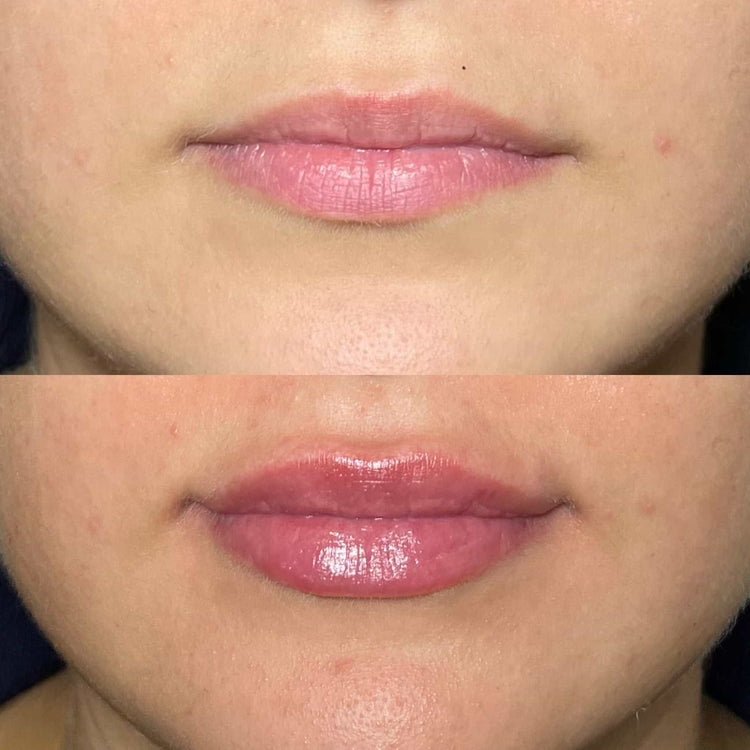
The type of dermal filler used and the injection site also influence pain perception. Hyaluronic acid fillers, for example, are generally considered less painful than calcium hydroxylapatite fillers. Areas with thinner skin, such as the lips, tend to be more sensitive.
Numbing techniques like topical anesthetics and local anesthetic injections can effectively minimize discomfort during the procedure.
Treatment Area
Managing pain is a crucial aspect of any medical procedure, and dermal filler injections are no exception.
- Before the procedure, a topical anesthetic cream will be applied to the treatment area to minimize discomfort.
- Once the anesthetic has taken effect, the injector will use a thin needle to carefully inject the dermal filler beneath the skin’s surface.
- The amount of filler injected and the injection points will be determined based on the individual patient’s needs and desired outcome.
- After the injections are completed, the treatment area may be gently massaged to ensure even distribution of the filler.
Dermal fillers are injectable substances used to restore volume, smooth wrinkles, and enhance facial features. There are various types of dermal fillers available, each with unique properties and applications. Some common types include hyaluronic acid fillers, collagen stimulators, and poly-L-lactic acid (PLLA) fillers. Hyaluronic acid fillers are the most popular, as they provide a natural-looking result and can be easily dissolved if needed. Collagen stimulators promote collagen production in the skin, while PLLA fillers gradually stimulate new tissue growth.
Pain levels during dermal filler procedures can vary depending on several factors. Individual pain tolerance plays a significant role; some people experience minimal discomfort, while others may find it more bothersome. The type of dermal filler used and the injection site also influence pain perception. Hyaluronic acid fillers, for example, are generally considered less painful than calcium hydroxylapatite fillers. Areas with thinner skin, such as the lips, tend to be more sensitive.
Pain management is essential for ensuring a comfortable experience during dermal filler procedures. Fortunately, various techniques can effectively minimize discomfort.
- Topical Anesthesia: A topical anesthetic cream is applied to the treatment area before the procedure. This cream contains local anesthetics that numb the skin, minimizing discomfort during injection.
- Direct Injection of Local Anesthetic: In some cases, a stronger local anesthetic may be injected directly into the area where the filler will be administered. This provides immediate and targeted pain relief.
Volume of Filler Used
Factors influencing pain levels during dermal filler procedures include individual pain tolerance, the type of filler used, and the injection site.
The volume of filler injected also plays a role. Larger volumes generally involve more injections and therefore may lead to increased discomfort.
Experience of the Injector
Pain levels during dermal filler procedures can vary greatly depending on several factors. Individual pain tolerance is a key factor, as some individuals are more sensitive to needles or injections than others. The type of dermal filler used also influences pain perception. Hyaluronic acid fillers, for example, are generally considered less painful than calcium hydroxylapatite fillers.
The injection site also plays a role, with areas like the lips, which have thinner skin, often being more sensitive.
Experience of the injector is crucial. A skilled and experienced injector will utilize proper techniques to minimize discomfort during the procedure. They understand how to manipulate the needle effectively and use appropriate pressure and injection angles to reduce pain.
Additionally, they will be proficient in using topical anesthetics and local anesthetic injections to maximize pain relief.
Aftercare and Recovery
Dermal fillers are increasingly popular for enhancing facial features and rejuvenating skin. However, a common concern for potential clients is the level of discomfort involved. Understanding what to expect and the pain management techniques available can help alleviate anxiety and ensure a more comfortable experience.
Pain Relief Measures
Aftercare for dermal fillers is generally straightforward. It involves minimizing swelling, bruising, and ensuring proper healing. Your injector will provide specific instructions tailored to your treatment, but here are some common tips:
-
Avoid touching or rubbing the treated area excessively.
-
Apply ice packs for 10-15 minutes at a time, several times a day, to reduce swelling.
-
Elevate your head while sleeping to minimize fluid buildup.
-
Stay hydrated by drinking plenty of water.
-
Avoid strenuous activities, sun exposure, and heat for at least 24 hours following the treatment.
Pain relief after dermal filler injections typically involves managing any temporary discomfort or swelling.
-
Over-the-counter pain relievers, such as ibuprofen or acetaminophen, can be taken as directed to manage any mild pain or soreness.
-
Cold compresses or ice packs applied to the treated area can help reduce swelling and discomfort.
It’s essential to follow your injector’s post-treatment instructions carefully to ensure proper healing and minimize potential complications.
While dermal fillers generally have minimal downtime, it’s important to listen to your body and allow for adequate recovery time.
Side Effects and Complications**
Aftercare is crucial for optimal results and minimizing potential complications from dermal filler injections. Your injector will provide specific instructions tailored to your treatment, but here are some general guidelines:
-
Avoid touching or rubbing the treated area excessively.
-
Apply ice packs for 10-15 minutes at a time, several times a day, to reduce swelling.
-
Elevate your head while sleeping to minimize fluid buildup.
-
Stay hydrated by drinking plenty of water.
-
Avoid strenuous activities, sun exposure, and heat for at least 24 hours following the treatment.
Pain relief after dermal filler injections is usually minimal and temporary. Over-the-counter pain relievers, such as ibuprofen or acetaminophen, can be taken as directed to manage any mild discomfort or soreness. Cold compresses or ice packs applied to the treated area can help reduce swelling and any lingering tenderness.
While most side effects from dermal fillers are temporary and resolve within a few days, some potential complications include:
-
Bruising: This is common and usually resolves within a week or two.
-
Swelling: Similar to bruising, swelling typically subsides within a few days to a week.
-
Redness:
-
Tenderness:
-
Lumps or bumps: These are usually temporary and resolve on their own.
-
Infection:
-
Allergic reactions:
-
Asymmetry:
It is important to promptly report any unusual or concerning symptoms to your injector.
Enquire about dermal fillers for crow’s feet at It’s Me & You Clinic
- Corset Lingerie To Enhance Your Curves In The Bedroom - June 19, 2025
- What To Look For In A Bum Filler Injection Specialist - June 15, 2025
- Chin Augmentation With Chin Filler Near Epsom, Surrey - June 15, 2025

